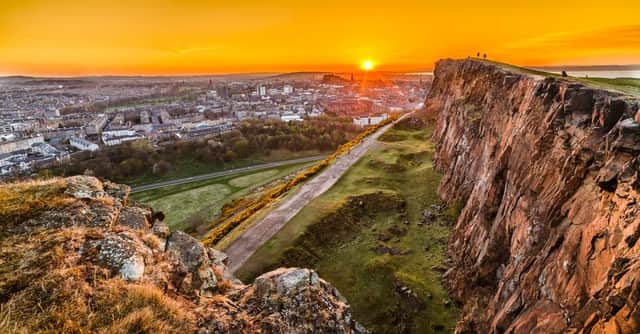So we're all stuck at home and you may be getting fed up. However, the lockdown won't last forever and our beautiful country is still waiting there to be rediscovered.
Here are 15 of the most most stunning landmarks that are perfect for rediscovering after lockdown

1. Fairy Pools, Skye
Found at the foot of the Black Cuillin Mountains, the Fairy Pools are a natural waterfall phenomenon which boast crystal clear water that's popular amongst wild swimmers who are brave enough to face the cold water Photo: Shutterstock

2. The Devil’s Pulpit, Finnich Glen
Red sandstone gives the water the image of being red, making the name The Devil's Pulpit very fitting. The name itself comes from a rock formation that looks similar to that of a church pulpit Photo: Shutterstock

3. Old Man of Hoy, Orkney
Orkney's most famous landmark is The Old Man of Hoy, a 450 foot sea stack formed from Old Red Sandstone. It was created by the erosion of a cliff through hydraulic action - the stack is no more than a few hundred years old Photo: Shutterstock

4. Callanish Stones, Isle of Lewis
Found on the west coast of Lewis, the Callanish Stones are 5,000 years old and famous all over the world. Erected in the late Neolithic era, they were a focus for ritual activity during the Bronze Age Photo: Shutterstock

